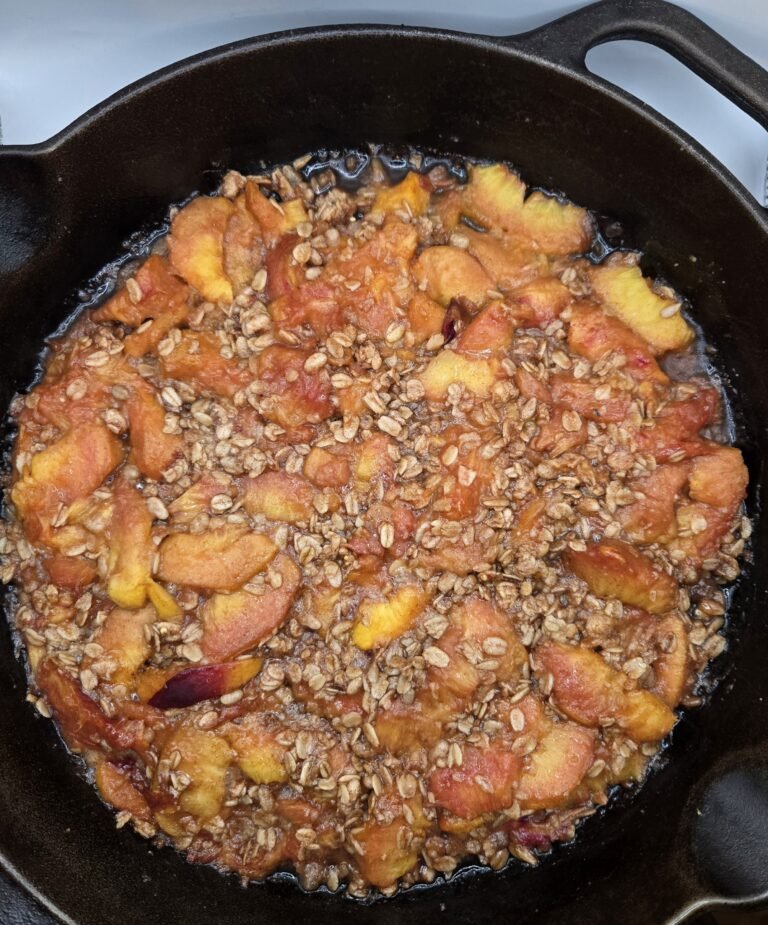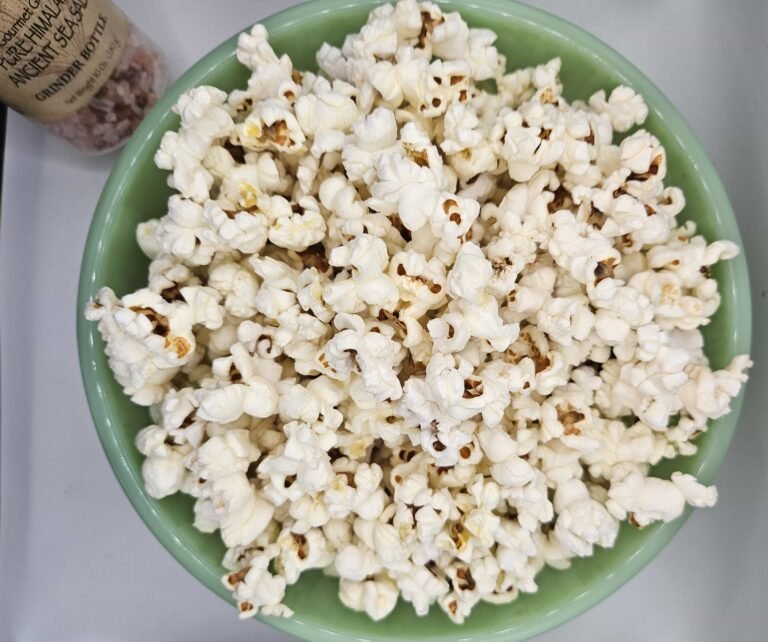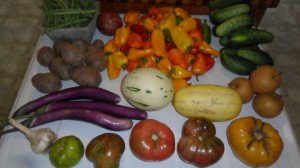
The West Frederick Farmer’s Market moved from the north side of W. Patrick to the south side. You have to take Walnut behind the Red Horse restaurant and it ends on Oak, then go to the United Healthcare parking lot. There’s plenty of close parking and a lot of vendors. You can buy lunch there, like crab cakes, shrimp salad, and some soups from Bushdogs (of the Bushwaller family – you may have been to the restaurant on Market St). The market still runs 10-1pm.
James from Full Cellar Farm had a beautiful display of heirloom tomatoes last weekend. In the first row of the photo above are Green Zebra, Cherokee Purple, Brandywine, and Striped German. Besides cantaloupe he had Sun Jewel and Snow Leopard melon; you can see they are really cute. Below is a picture of James with a variety of melons.
The Full Cellar Farm produce is not technically organic because to become certified would cost the farm about $8,000. But when you know your farmers and can visit the farm or ask them what kind of pesticides they use and how much, then you know when you’re getting the healthiest food and at that point the organic label is unnecessary. As James said, “It’s all right out of the dirt in Jefferson, Maryland,” so you can be confident that it’s good. He gave me the batch of mini sweet peppers that I’ll pickle next weekend.
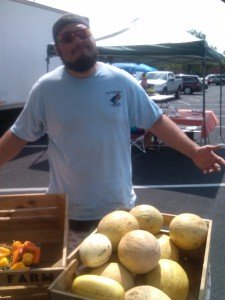
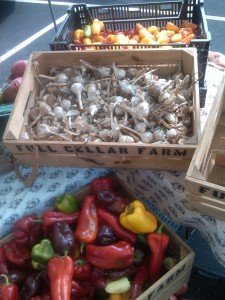
Usually when we’re having fish, I serve it on a bed of greens – kale, collard greens, or mustard greens. Honestly, prior to about 6-7 years ago, I had never eaten any of these greens. I’m not even sure I’d heard of kale, and now I eat greens almost every week. I would grow more greens in the garden if we didn’t have so many kale-loving groundhogs around here.
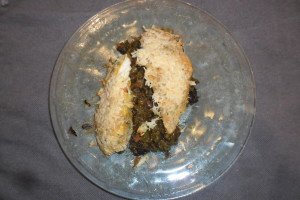
Kale is a cruciferous or Brassica vegetable from the family of plants that includes broccoli, cauliflower, cabbages, brussel sprouts, rutabagas, turnips, and kohlrabi. Cruciferae is the older name, which I learned today is Latin referring to how the blossoms of these plants resemble a cross.[1] Cruciferous vegetables reduce cancer risk due to the fact that they are the richest sources of glucosinolates in the human diet.[2]
Incorporating kale into your diet once every couple weeks is an excellent source of Vitamin K, Vitamin A, Vitamin C, and fiber in addition to 45 different flavonoids with a variety of antioxidant and anti-inflammatory effects. Kale stands out in the Brassica family because it has the broadest range of antioxidants and the highest levels of several specific ones, along with a type of heart-healthy Vitamin E.[3]
This is a really simple version of kale to make as a moist, healthy, and delicious bed for fish. First cut out the tough center ribs that run up the center. If you buy the pre-cut kale in a bag, use about 1/3-1/2 the bag for this recipe – it really shrinks down when cooked. Most of the broth in this recipe will reduce during cooking, but you want to include any of the leftover broth when serving so that you catch all of the nutrients from the kale.
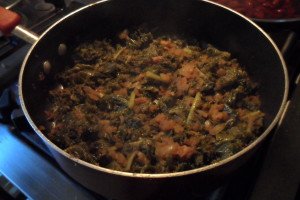
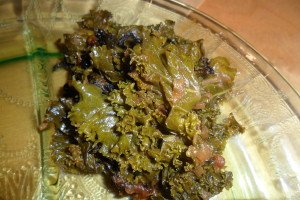
Sautéed Kale
1 T avocado oil
½ C chopped sweet onion
1 clove crushed garlic
2 t paprika
½ t sea salt
Large bundle of kale leaves torn into small pieces
1 C low-sodium organic stock or broth (vegetable or chicken)
Heat the oil and add the chopped onion, and paprika. Stir and cook for 5 minutes. Add the garlic, sea salt, and heap on the kale. Cook and stir carefully for a few minutes to mix the ingredients and wilt the kale. Add the broth and cover. Cook until the kale becomes tender to your preference, about 10-15 minutes.
[1] “Power-Up Your Vegetable Choices,” Ingrid Adams, Univ. of KY Dept. of Nutrition and Food Science, July 2012. http://www2.ca.uky.edu/agc/pubs/fcs3/fcs3558/fcs3558.PDF
[2] “Brassica, Biotransformation and Cancer Risk: Genetic Polymorphisms Alter the Preventive Effects of Cruciferous Vegetables,” J. Lampe, S. Peterson, Journal of Nutrition, June 2002.
[3] “Eat Your Kale,” Carolyn Butler, The Washington Post, September 24, 2012.

